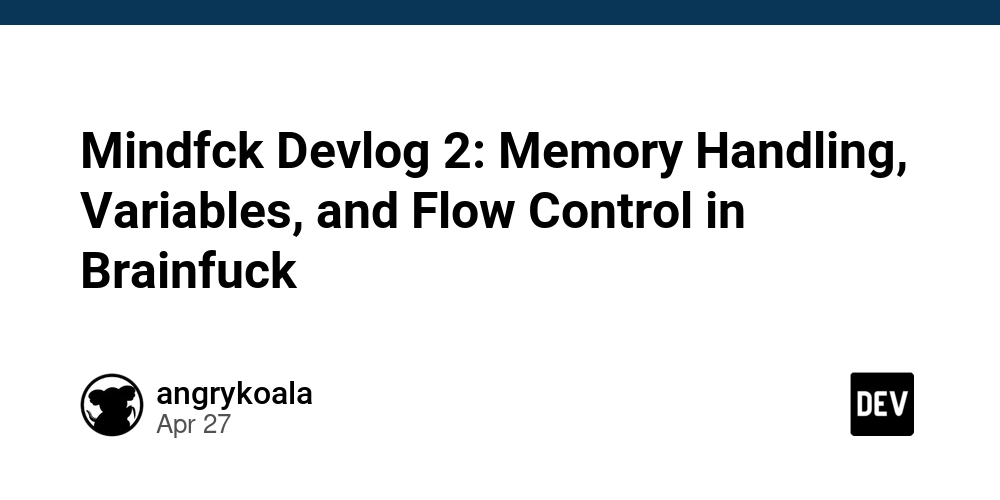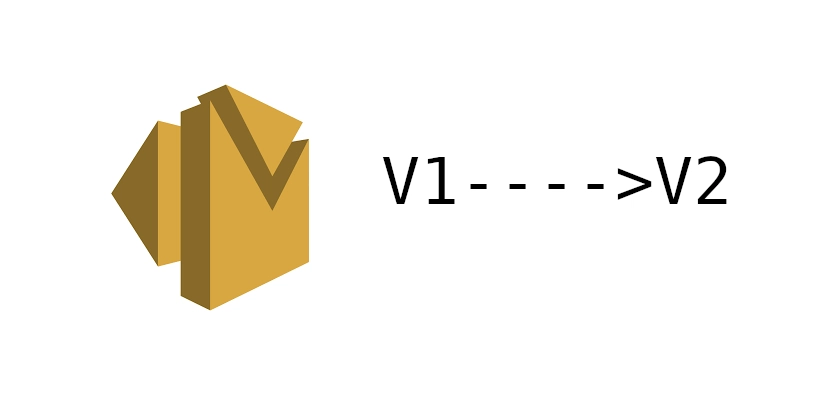
Conquer Brainfuck's Memory Maze: Variables and Control Flow Decoded
Brainfuck, the minimalist programming language, is notorious for its manual pointer management. This article builds on the previous post about creating mindfck, a language that compiles to brainfuck, by tackling memory management, adding variables, and implementing control flow abstractions to make brainfuck development feel less like navigating a minefield.
Direct Memory Access: Point and Click Programming
Tired of counting < and > to navigate brainfuck's memory tape? Let's ditch relative movements and embrace absolute memory access.
- The Problem: Brainfuck only allows incrementing or decrementing the memory pointer, requiring tedious calculations.
- The Solution: Track a "phantom pointer" in the compiler. This allows calculating the exact number of pointer movements needed to reach any memory location.
- Benefits: Simplifies command structure and facilitates the use of variables.
From Relative to Absolute: A More Intuitive Interface
Update brainfuck language commands to leverage absolute memory positions. The goal is to create a more expressive and efficient language, that facilitates the generation of optimized brainfuck code.
- Old Way:
MoveByte(3)(move the byte 3 positions to the right). - New Way:
MoveByte(2, 5)(move the byte at position 2 to position 5). - Implementation: Update commands like
Reset,MoveByte, andCopyto accept absolute positions.
Reserved Memory: Keeping Brainfuck Organized
Complex operations like copying often require temporary storage. Let's reserve a few memory cells for internal use. This also reduces the need to explicitly pass buffer location in all operations.
- Benefits: Simplifies the API for commands like
Copythat require temporary buffers. - Implementation: Define constants for reserved memory locations:
TEMP0,TEMP1,TEMP2,NIL, andMAIN. - Caveat: Developers must avoid overwriting these reserved locations, typically by ensuring that other variables start after the
MAINpointer.
Taming the Loop: Ensuring Predictable Behavior
Direct calculation of pointer positions doesn't work with loops. The pointer position changes with each loop interation, invalidating any prior calculations.
- The Challenge: Loops change memory state in unpredictable ways during program execution, invalidating static pointer tracking.
- The Insight: Brainfuck loops consistently return the pointer to its original position, with each iteration.
- The Solution: Enforce a rule that loops must start and end at the same memory cell, ensuring consistent pointer behavior.
While Loops: Adding Iteration With Ease
Introduce While loops to your brainfuck abstraction, with clear and concise syntax.
- Implementation: The
Whilefunction takes a condition cell and a callback function containing the loop body. - Ensuring Correctness: The compiler moves the pointer to the condition cell, executes the loop body, and returns to the condition before the loop ends.
If Conditionals: Simulating Logic
Brainfuck lacks native conditional statements, but we'll simulate an If statement using a loop, enhancing the power of the generated brainfuck code:
- Implementation: Copy the condition byte to a temporary location (
TEMP1). Use aWhileloop withTEMP1as the conditional. ResetTEMP1inside the loop to ensure it runs only once.
Variables: Abstracting Memory Management
Ditch raw memory addresses and embrace variables for cleaner code:
- The Goal: Map variable names to memory locations, simplifying memory management.
- The
EnvStruct: This struct manages the variable-to-memory mapping, along with methods to reserve and release memory. - Smart Memory Allocation: Reuse freed memory slots before allocating new ones, preventing memory bloat.
- Example:
var1 := cmd.Declare("var1")reserves a memory location and assigns it to thevar1variable.
Refining Variables: Avoiding Naming Conflicts
Prevent naming collisions between user-defined variables and internal variables:
- The Problem: Internal variables could clash with user-defined variables.
- The Solution: Introduce a
Variableinterface with two implementations:NamedVariable(with a label) andAnonVariable(without a label). - Internal Use of Anonymous Variables: Utilize anonymous variables for internal operations, preventing naming conflicts and maintaining a clean user interface.
Conclusion: A Solid Foundation
By building upon the basic principles of brainfuck, it's possible to build a higher-level language that addresses its core shortcomings. This article demonstrated a journey towards easier memory handling in brainfuck, resulting in a more user-friendly and efficient development experience.










